Reframing the Farmed Seafood Narrative

“Can farmed seafood be sustainable?” It’s something our team hears a lot when we tell people what we do.
When attempting to navigate seafood sustainability, farmed versus wild is one of the first questions that comes up for many people. For years, “farmed and dangerous” was ingrained in consumer messaging as a result of select practices that negatively impacted both environmental and human health. Today, as you dive into the issues around aquaculture, you can find many improvements to what were once problematic practices but, unfortunately, the narrative around fish farming lags behind these advances. Aquaculture plays a critical role in building a food secure future – after all, over half of the world’s seafood is farmed. It is time to shift the narrative and support responsible practices–wild and farmed.
Aquaculture has been around for thousands of years as an efficient form of food production, but the growing demand for cheap seafood opened the door to poorly managed and unsustainable aquaculture practices. This, in turn, led to a myriad of issues regarding the environment, worker rights, and public health. An issue that spans some open ocean and land-based farming is the inefficiency in fish feed. Many aquaculture methods rely on feed that is cultivated from species from the bottom of the food chain and that is turned into fishmeal or fish feed; this means that smaller fish, that could be consumed by humans, end up being turned into feed for larger species being farmed as a luxury seafood choice. Fortunately, the amount of feed containing wild fish meal and fish oil has significantly reduced over the years, with extensive research into fish nutrition and feed. This continues to improve with many developments across the U.S., including at the University of California, Santa Cruz, where researchers are redesigning aqua-feed to have a significantly less environmental impact by developing fish-free and crop-free feed.
When choosing farmed seafood, there are many and ever-increasing new examples of sustainable aquaculture. Some practices, such as shellfish farming even improve the environment as these filter feeders purify the water. In the U.S., several fish farmers have developed innovative solutions in order to offer sustainably raised seafood. Miami’s Atlantic Sapphire land-based salmon farm pioneered its Bluehouse technology to create ideal conditions for salmon that mimic the fish’s natural habitat while also repurposing waste into fertilizer and biogas renewable energy. FishWise partner, Riverence is another example of a responsible gourmet trout farm that maintains its fish from brood to harvest, without preventative antibiotics, growth hormones, or genetic modification. These are just a couple of examples of how aquaculture has the potential to contribute to seafood supply, help restore habitat and lessen the demand on depleted fish stocks, while contributing to the economy of coastal communities. Check out other examples of sustainable aquaculture on our FishWise Producer Partner page.
Aquaculture is far less resource-intensive than most land-based animal farming efforts. For instance, shellfish farming provides nutritious protein with no additional inputs or feed necessary, unlike traditional land-based farming. As our human population continues to grow, so does the need for aquaculture to help meet the global demand for protein and ease pressure on wild fish stocks. Yet, an important consideration is ensuring that appropriate species are chosen to meet the growing protein needs of the world. One example that often comes up is that although farming a cold-water species such as salmon can be a sustainable solution in some parts of the world, it is not the entire solution for meeting growing protein needs in warmer climates. Diversifying our seafood choices and eating lower on the food chain is an important consideration for anyone that eats seafood.
Seafood lovers are encouraged to learn more about responsible aquaculture practices and support farmers that are part of the solution. The Seafood Watch consumer guide can help us all make smart seafood decisions, as their seafood rankings are based on an established scientific methodology and robust eco-certifications. By exploring farmed sustainable seafood options and trying new species that are not in constant demand, we can all do our part in ensuring we will be able to continue to enjoy seafood for generations to come.
Written by

